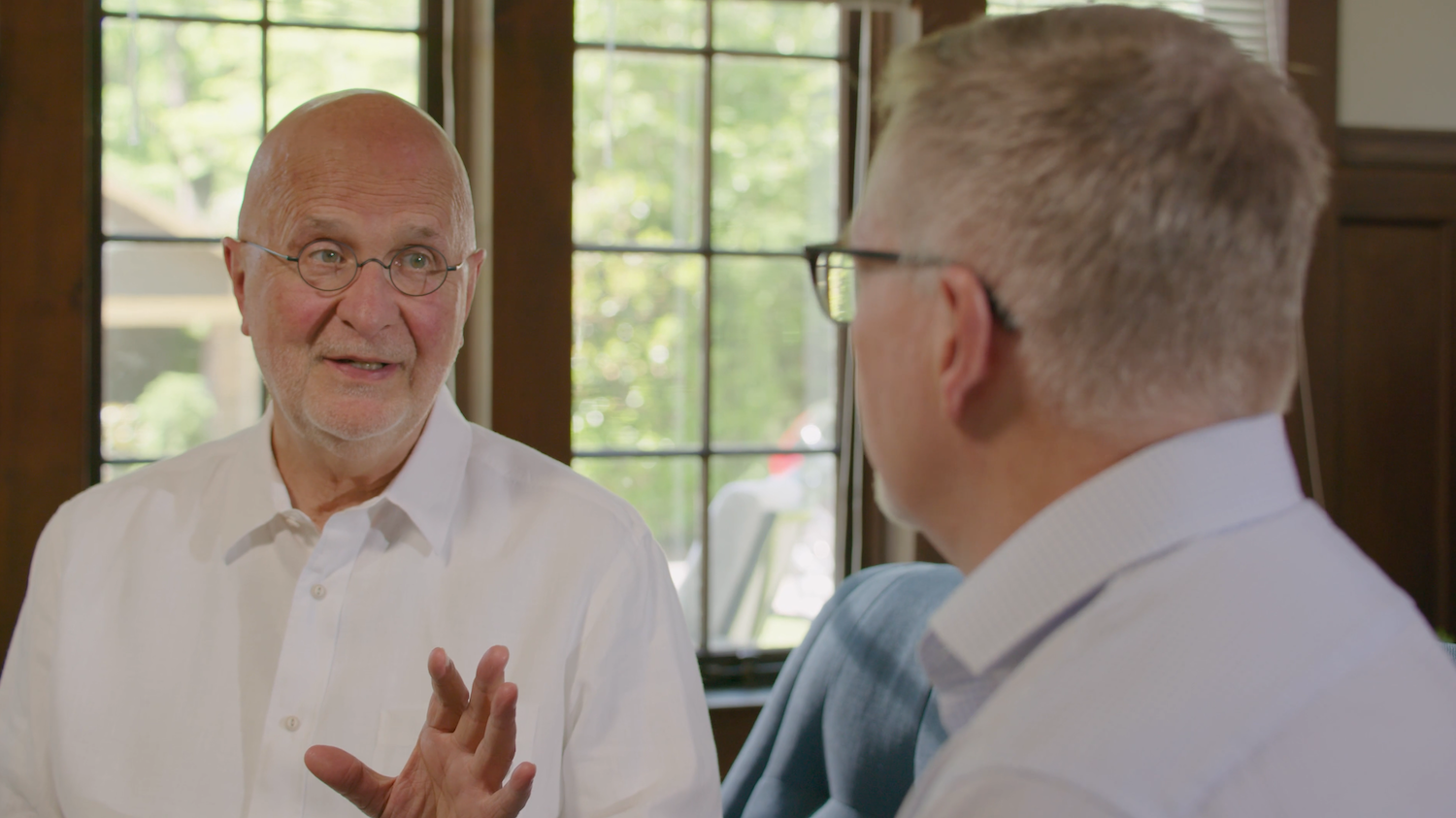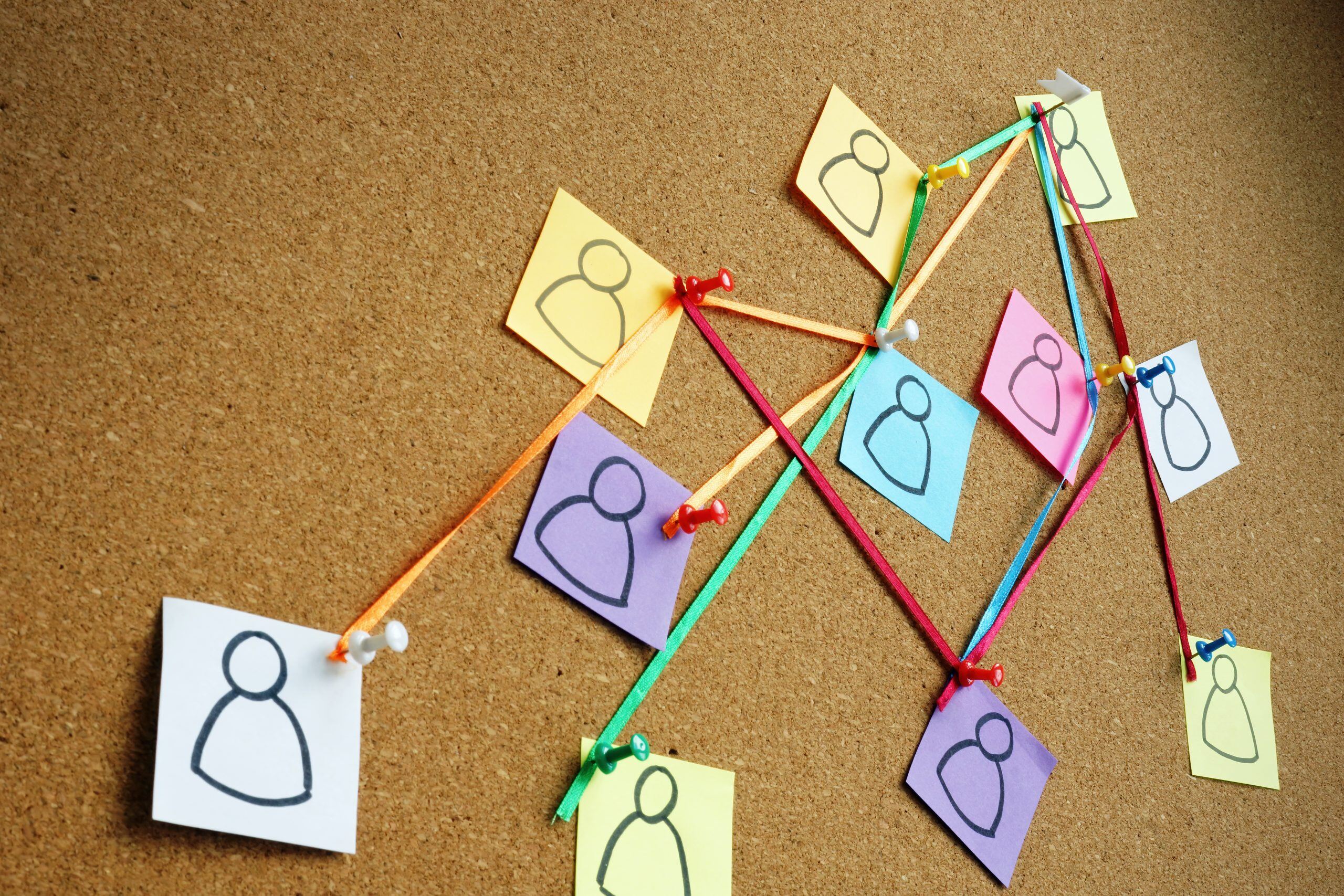Question of the Month: What role does your organization’s structure have in your donor pipeline?
Most non-profits don’t realize there’s a connection between their organization’s structure and their donor pipeline.
3 min read
Richard Perry and Jeff Schreifels : June 13, 2022

It’s always amazing to Jeff and me how the donor pipeline, as a strategic element of fundraising, is either ignored or mismanaged in most non-profits. The reason we know this is that we cannot see the pipeline in the organization structure of the non-profit.
Here’s what I mean by that.
At a macro level, when you think of the purpose of a non-profit and the ideal structure that supports the efficient and effective structure of that purpose, it comes down to these four core elements or categories of activities:
In our judgment and experience, these are the four major categories of work of any non-profit. There are a lot of nuances to each of these categories and different ways of expressing them in an organizational chart – but when you boil all the complexity of any non-profit down to the essential TYPES of activities, they fall into one of these four.
Here is what they are:
Now you’re ready to look for the donor pipeline in your structure. If you took either of the two types of revenue categories and each of their subcategories, you should be able to see the donor pipeline in how the organization is structured. Here is what you should see:
If you can’t see these functions in how a non-profit is organized, it’s because the organization is not organized for efficient and effective performance. And the most common reason it’s not organized properly is because the authority figures either have lost their way on remembering that resource acquisition is a critical and strategic function in their organization, and/or they don’t know how to make the donor pipeline elements function in the organization.
This is why it’s important to understand the role of the donor pipeline in a non-profit and to organize properly so that the pipeline actually works. And if you don’t do this, you can’t expect to have a very good future because your economy will suffer along with the staff who are trying to manage it. Take some time to look at your structure and see if you can find how the donor pipeline fits throughout each area. If you can’t, take steps to do something about it. In my next blog post, I’ll be sharing how to “feed and care for” the donor pipeline. Stay tuned.
Richard

Most non-profits don’t realize there’s a connection between their organization’s structure and their donor pipeline.

I think it’s crazy how often non-profit leaders create an organizational structure that’s counterproductive to their organization’s purpose and...
.jpg)
In my previous post, I talked about the need to diversify revenue and to get familiar with the elements of the donor pipeline. I outlined three areas...